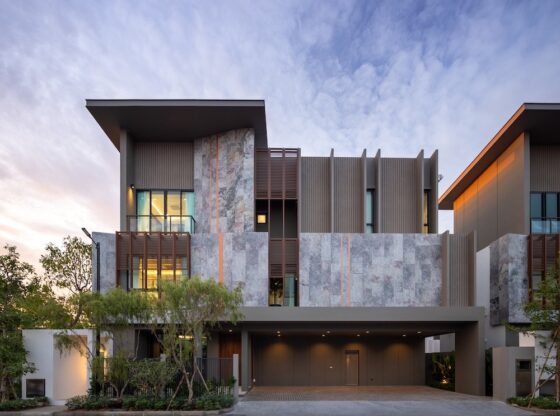![]()
It comes mostly as a relief when prospective buyers and sellers discover the ease of buying and selling property in Thailand and the lack of regulations that come with it. Unfortunately, there is a downside to the lack of regulation, particularly when it comes to home inspections. Some western countries really have taken it too far and the disclosures that people have to make to any prospective buyer and the inspections that are associated can be both costly and cumbersome. However, these processes were developed for a reason – to protect buyers from purchasing a lemon and having to make costly upgrades after the purchase.
In Thailand there are no formal inspections required and no disclosures on the part of the seller legally required, leaving it up to the buyer to just take a leap of faith or get pro-active and find a knowledgeable friend or contractor to have a closer inspection of the property.
When purchasing a condo this can be a bit trickier trying to get a look-see at the buildings plumbing or electrical systems and you can really only inspect the internal room itself. However, with a house it’s obviously much easier to see the property as a whole. I’ve purchased a number of houses in Thailand and unfortunately had some not-so-nice surprises after taking possession – so this month I thought I’d impart some advice on things to look for when doing a reasonably thorough building inspection.
Roof and insulation

One of the easiest things to check for here would be looking for any watermarks on gypsum ceilings that will show if the roof has any cracks or loose tiles. Even without this tell-tale sign, it’s a good idea to send someone up into the roof cavity and check to see if any daylight is creeping through and also to check out if there is any insulation. Most half-decent quality houses should at least have some foil insulation which helps with heat repelling as well as keeping creepy crawlies out as well.
Structural Integrity
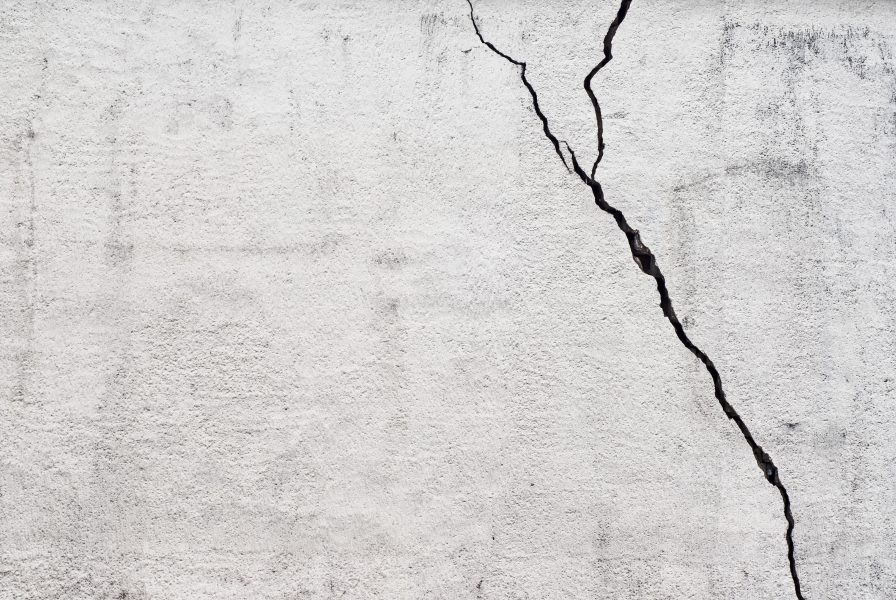
Look for big cracks in walls, particularly ones that run from floor to ceiling. Most homes will have small settlement cracks, mostly from the wall rendering and aren’t such a big deal. Big cracks measuring more than a couple of millimetres could be a sign of something more major like poor foundations or movement of the land under the house or even a swimming pool leak.
Air-Conditioning
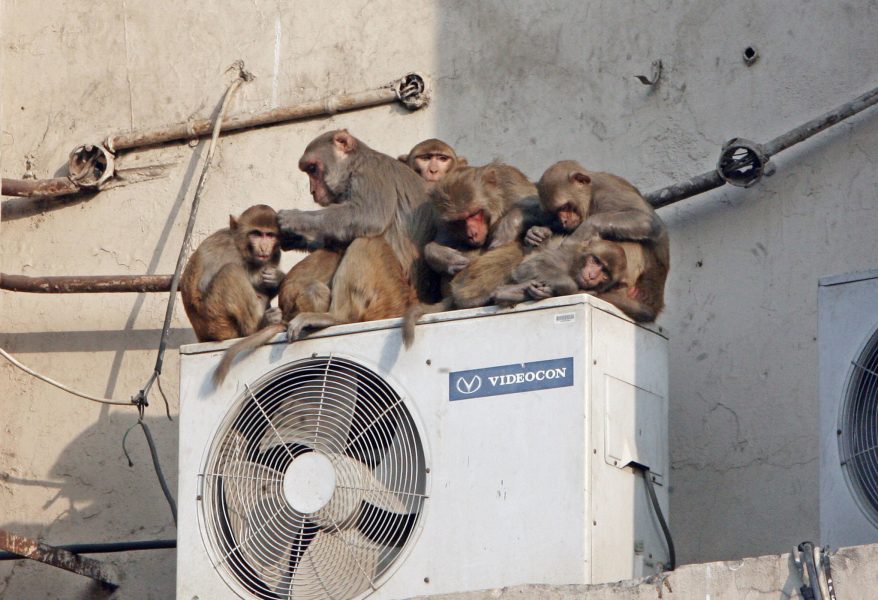
This is one of the most common issues as well as the most solvable. Air-cons that are more than 7 or 8 years old are going to have problems, no matter the quality. If they’re older than this, assume they’ll need to be changed. These days most houses should be running off inverter types which are much more energy-efficient and have come down in price quite a lot the past few years.
Check Water and Electric Bills
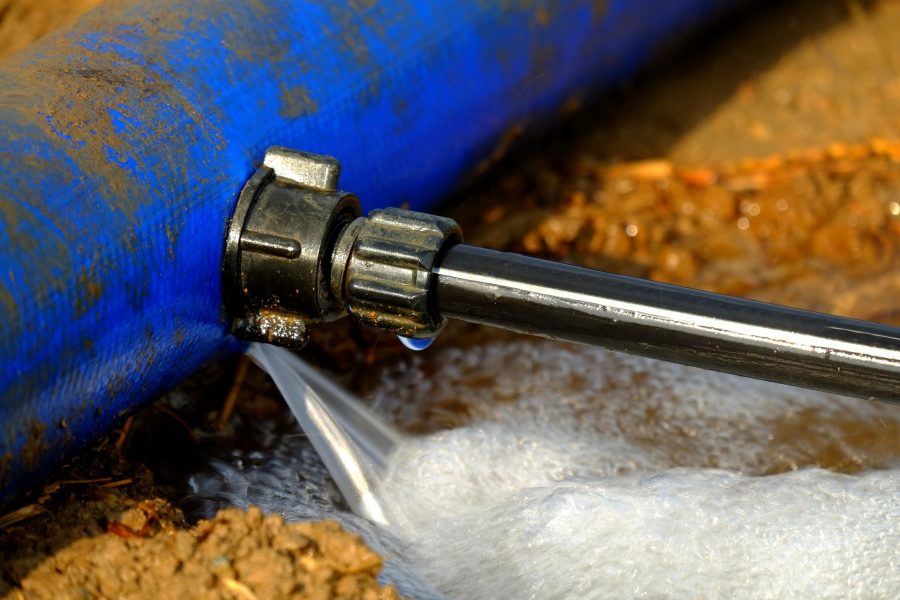
This is a very easy way to check the efficiency of the house and also to troubleshoot major problems. If the water bill seems very high, there’s a good chance there’s a leak somewhere, probably underground and this can cause major structural problems, not to mention paying out big money every month. Same with electric – if the bills seem extraordinarily high and the seller isn’t a self-confessed air-con freak, there are probably some issues with the air-cons or pool/house pumps being outdated, or even worse, and this has happened, someone else could be hijacking the metre.
Quality/Condition of Floor and Trim
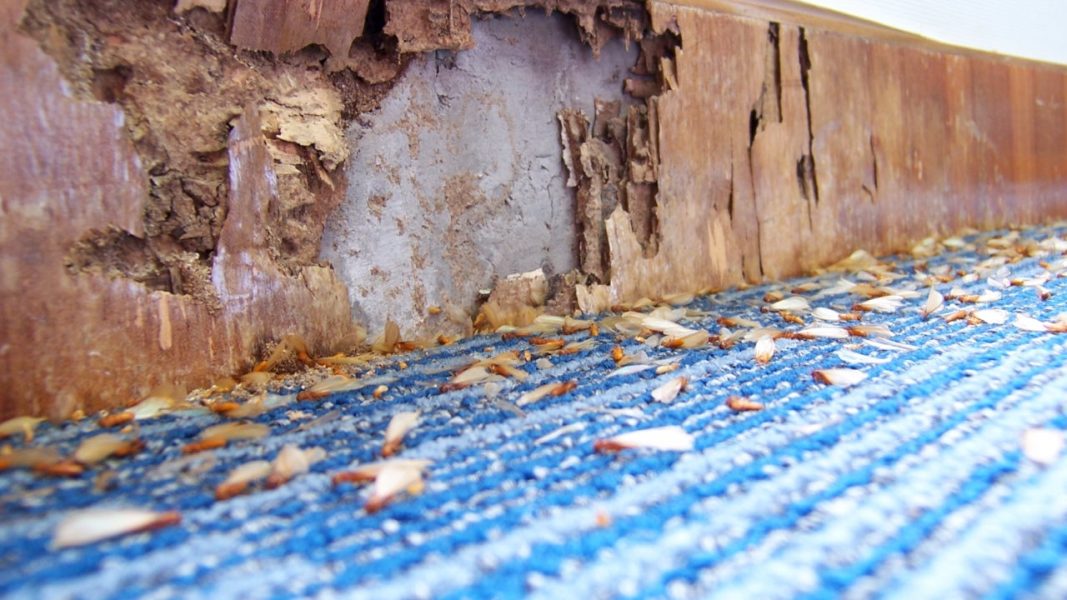
If they’re tiles floors, knock on a number of them around the house, particularly in the bathrooms. If they sound hollow, there could be moisture problems or just poorly laid with shoddy glue/cement. If there is wood floor or ceiling trim, tap them all over the house and see if any are hollow. If they are you’ve got termite problems. For wood floors, if the varnish is coming up in areas that aren’t getting direct sunlight, again there could be serious moisture problems.
Paint Bubbling or Peeling
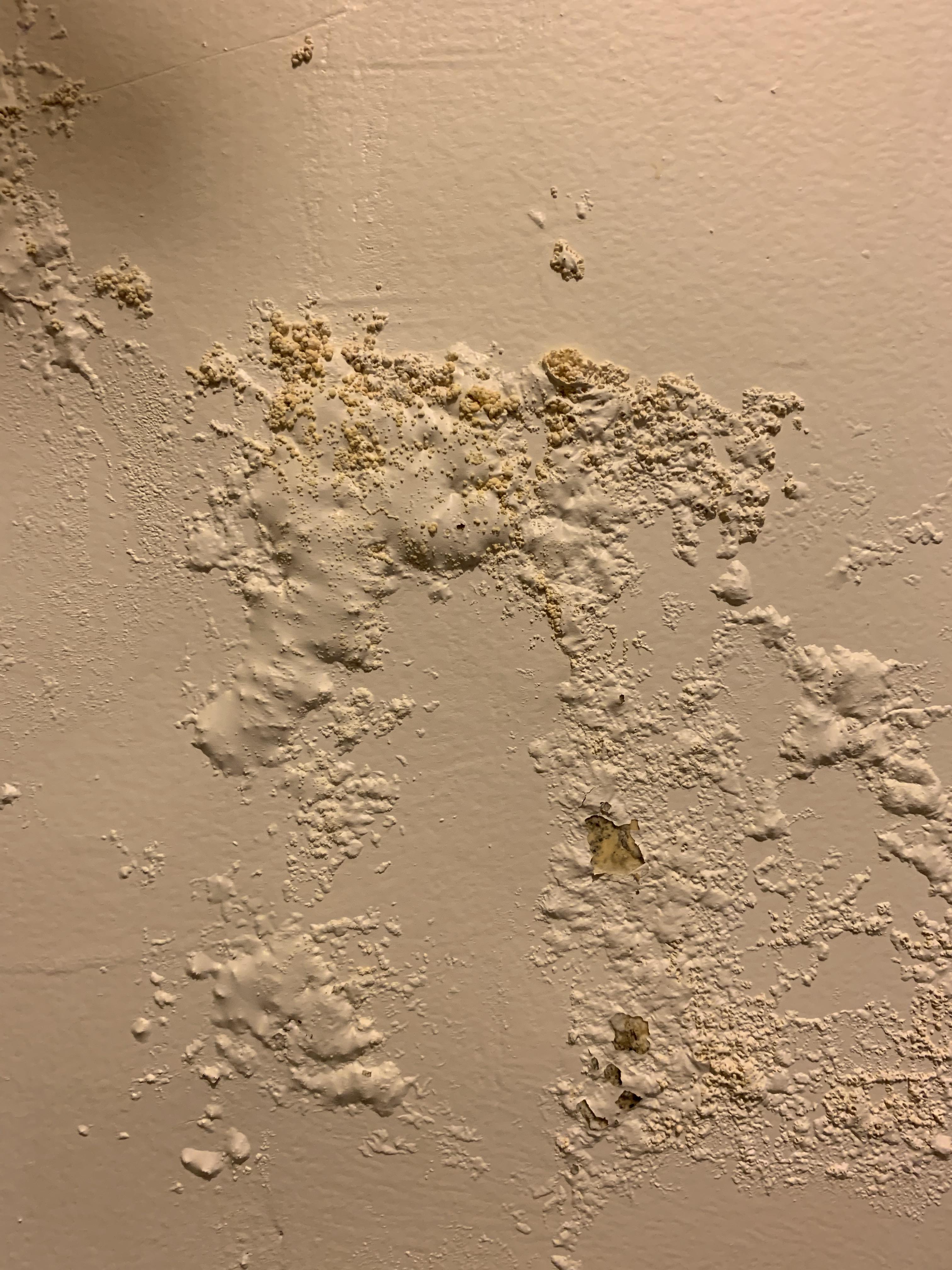
Same as above – if you find bubbling or peeling paint, it’s generally a sign of a poorly prepared wall or some moisture problems. A good paint job should last 20 years so if there’s paint peeling on a house that’s only a few years old there could be big problems.
General Electrical & Plumbing
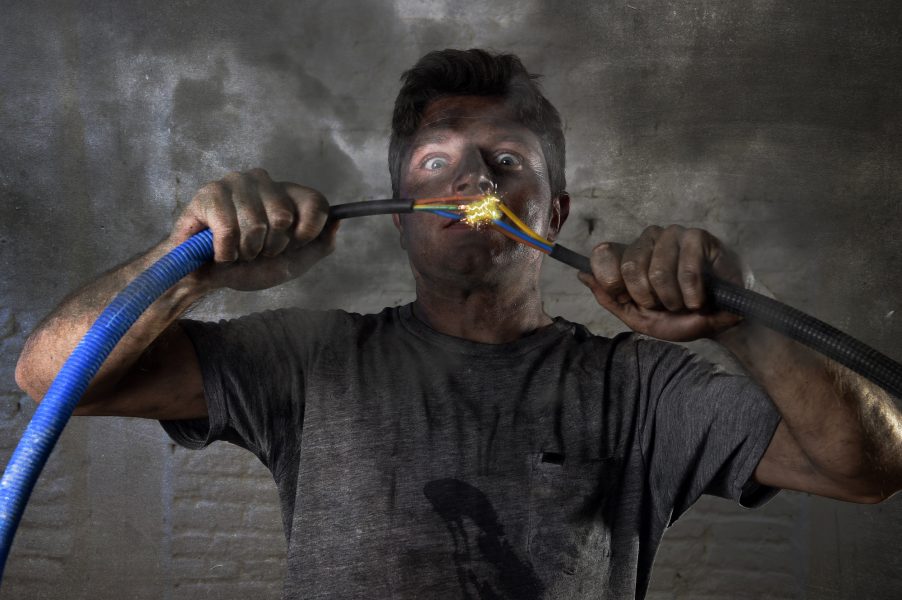
We’re all too aware of the lackadaisical approach to electrics in Thailand (one only has to look at the bird’s nests of wires hanging off every pole) but certain things should be basic requirements. Make sure everything is going to breakers, not direct to the mains (you’d be surprised how many times house add-ons after initial builds go direct to mains), check for earthing and also safe-t-cut systems. Check that dimmers and switches are rated high enough for the amount of lights. With plumbing check the basic setups for the mains to tank and the pump systems.
By Stu Sutton
Stu Sutton is managing director of Jomtien Property and has worked exclusively in the Pattaya/Jomtien real estate market for 16 years.
Please feel free to contact him with any queries, compliments or good jokes at
086 108 6575, [email protected]
or visit Jomtien Property’s website at www.jomtien-property.com








